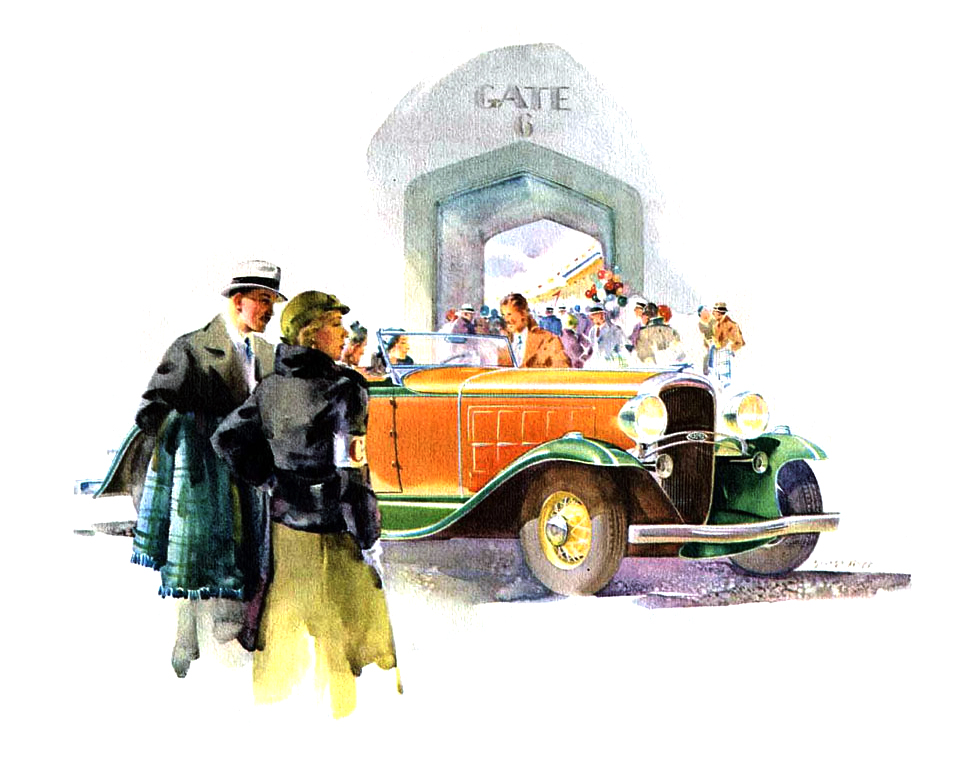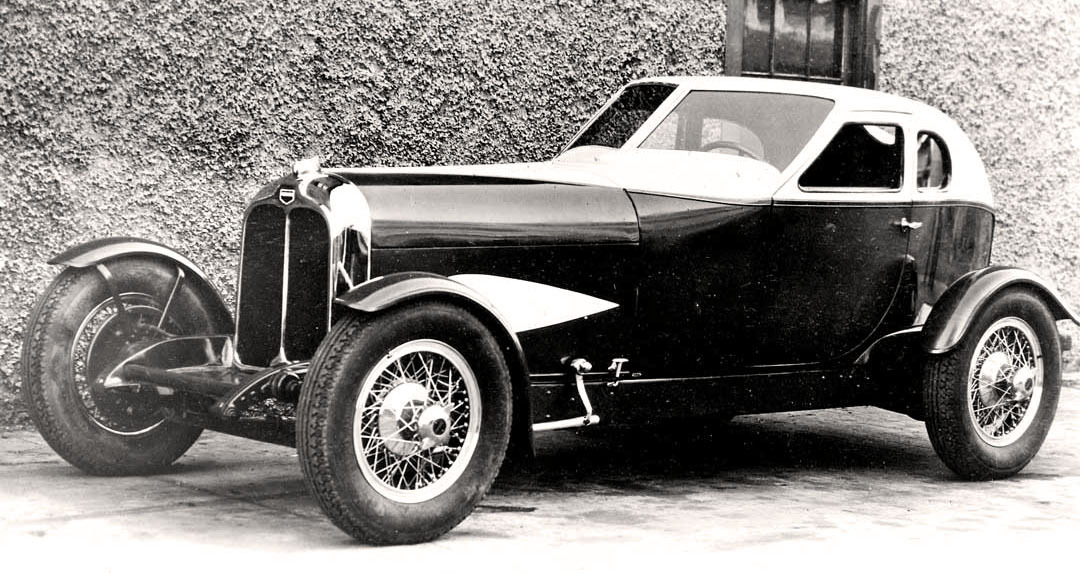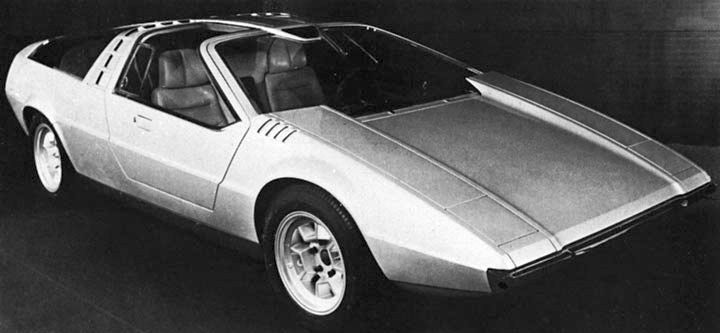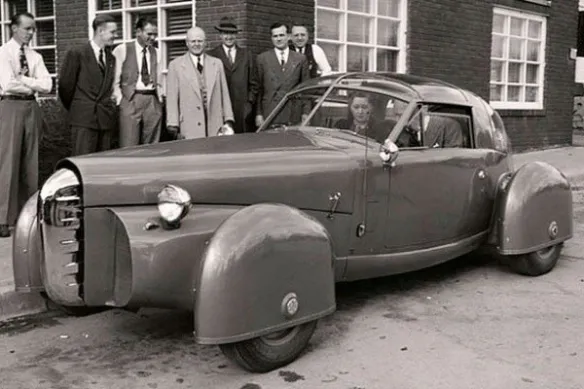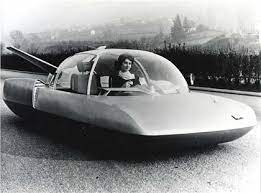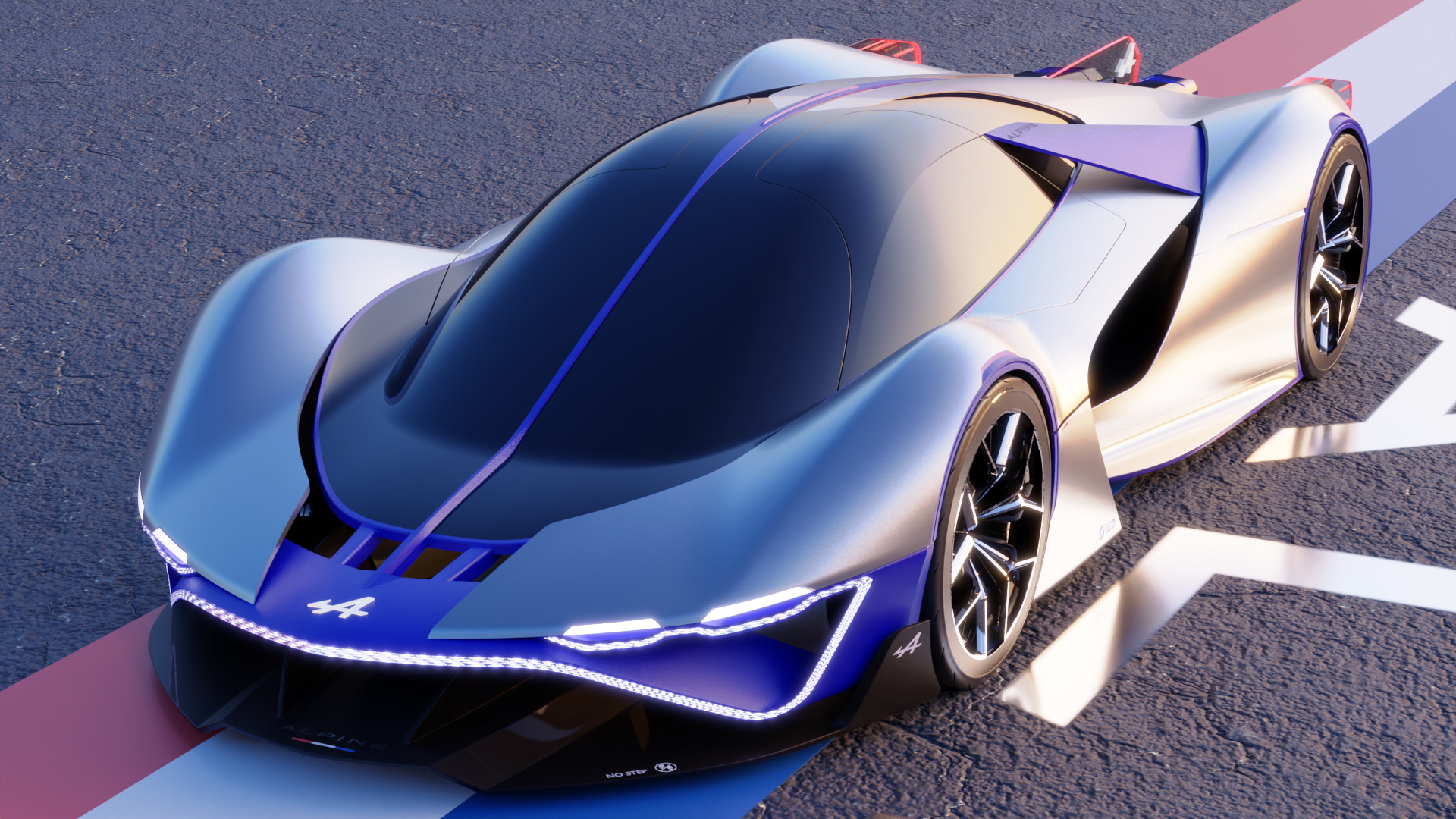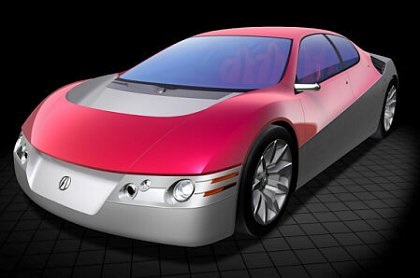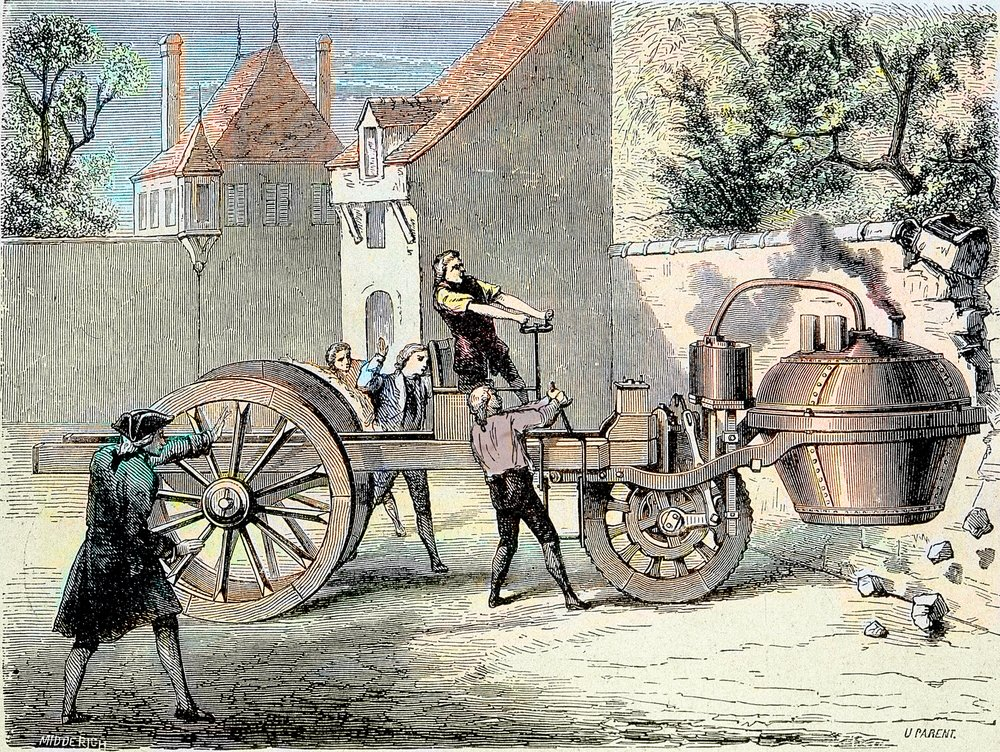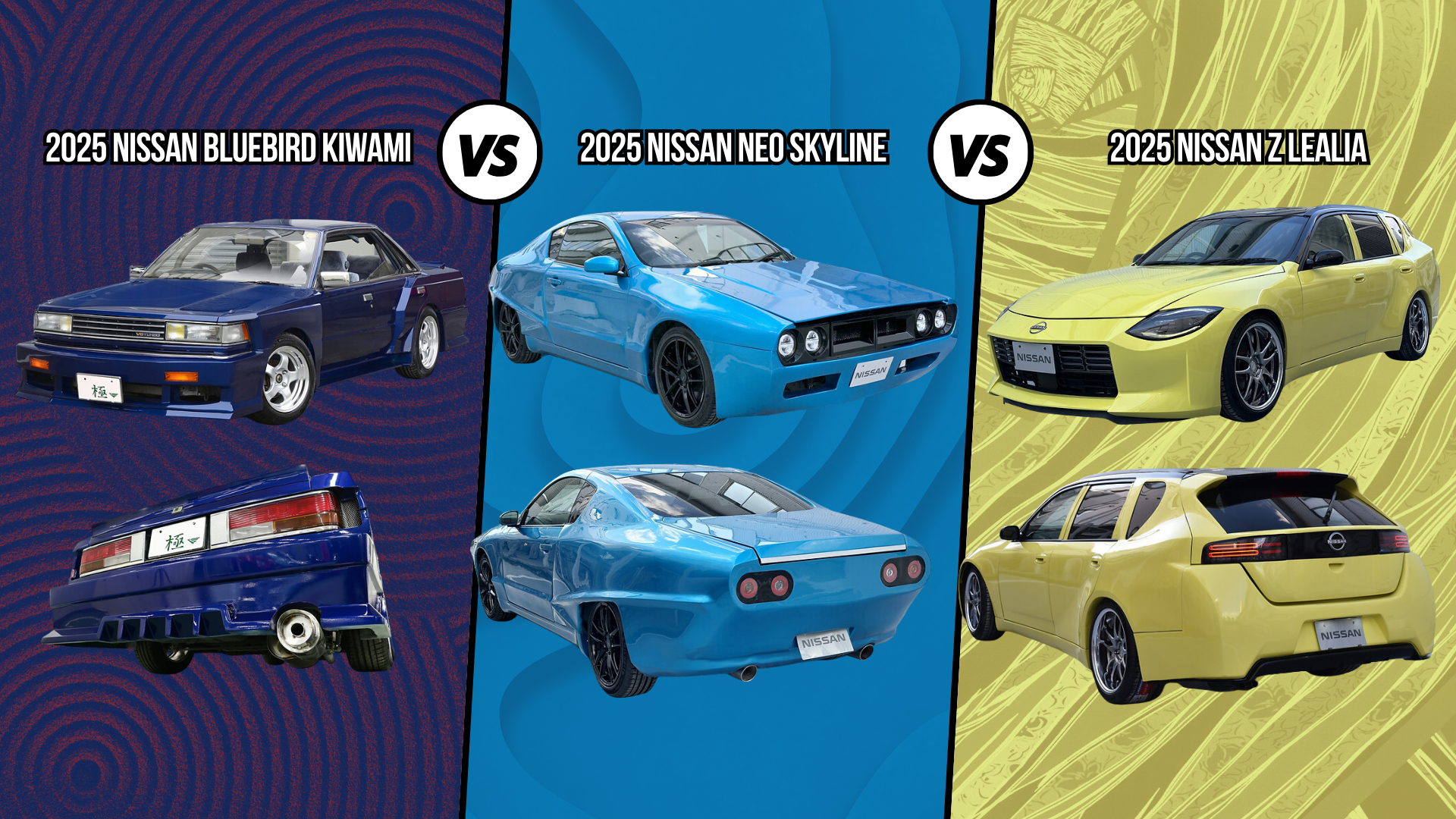The 1963 Corvette Sting Ray not only had a new design but also newfound handling prowess. The Sting Ray was also a somewhat lighter Corvette, so acceleration improved despite unchanged horsepower. For the 1963 model year, 21,513 units would be built, which was up 50 percent from the record-setting 1962 version. Production was divided almost evenly between the convertible and the new coupe – 10,919 and 10,594, respectively – and more than half the convertibles were ordered with the optional lift-off hardtop. Nevertheless, the coupe wouldn't sell as well again throughout the Sting Ray years. The closed Corvette did not outsell the open one until 1969, by which time the coupe came with a T-top featuring removable roof panels. Equipment installations for 1963 began reflecting the market's demand for more civility in sporting cars. The power brake option went into 15 percent of production, power steering into 12 percent. On the other hand, only 278 buyers specified the $421.80 air conditioning; leather upholstery – a mere $80.70 – was ordered on only 1,114 cars. The cast aluminum knock-off wheels, manufactured for Chevy by Kelsey-Hayes, cost $322.80 a set, but few buyers checked off that option. However, almost 18,000 Sting Rays left St. Louis with the four-speed manual gearbox – better than four out of every five.

All 1963 cars had 327cid engines, which made 250 hp standard, with optional variants that made 300 hp, 340 hp, and 360 hp. The most powerful engine was the Rochester fuel-injected engine. Options available on the C2 included AM-FM radio (mid-1963), air conditioning, and leather upholstery. Also available for the first time ever on a Corvette was a special performance equipment package the RPO Z06, for $1,818.45. These Corvettes came to be known as the "Big Tanks" because the package initially had a 36.5-US-gallon (138 l; 30.4 imp gal) gas tank versus the standard 20-gallon for races such as Sebring and Daytona. At first, the package was only available on coupes because the oversized tank would not fit in the convertible.

In 1963 only 199 Z06 Corvettes were produced, usually reserved for racing, and of the 199 a total of six were specifically created for Le Mans racing by Chevrolet. One of the six 1963 Z06 Sting Ray's was built late in 1962 to race at Riverside on 13 October 1962. They were destined to compete in a different sort of race for sports cars, a NASCAR sanctioned event on the famous Daytona Oval, the Daytona 250 – American Challenge Cup. This meant the cars needed to be prepared for a different set of rules, the same as those for the big Grand National stock cars. The chassis was modified extensively and an experimental 427 cu in (7,000 cc) engine installed. The car was lightened in every way possible and weighed just over 2,800 lb (1,300 kg). Further prep was done by Mickey Thompson. Among other changes, Thompson replaced the fiberglass Z06 "Big Tank" with an even larger 50 US gal (189.3 l; 41.6 imp gal) metal tank. Driven by Junior Johnson, plagued by rain in the race, substitute driver Billy Krause finished third behind Paul Goldsmith's Pontiac Tempest and A. J. Foyt in another Corvette. New for the 1963 model year was an optional electronic ignition, the breakerless magnetic pulse-triggered Delcotronic, first offered by Pontiac on some 1963 models.

Source: Wikipedia






